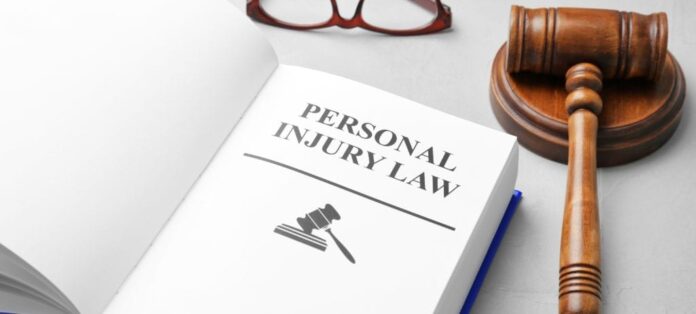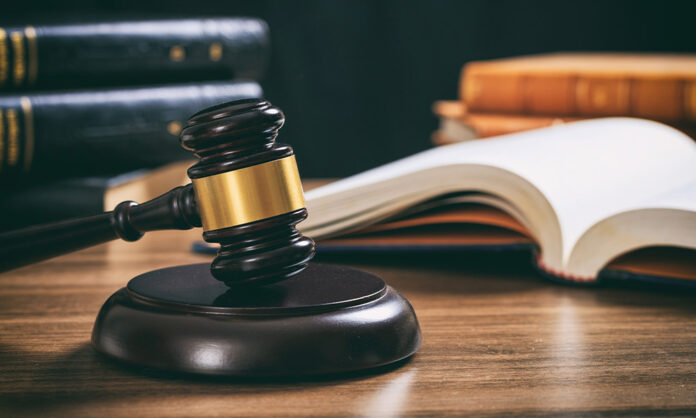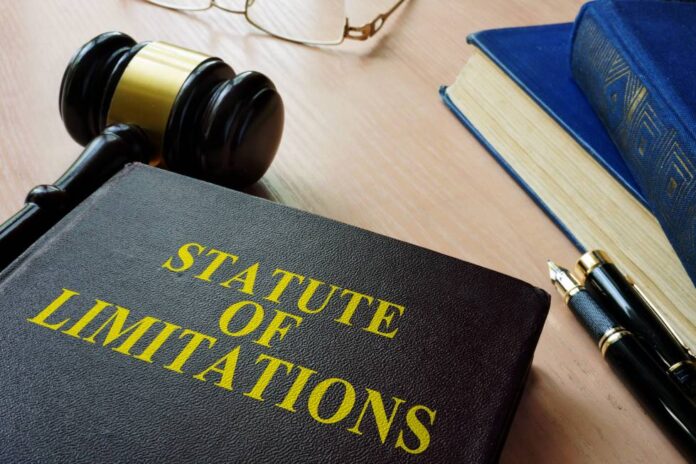In the constantly evolving world of personal injury law, New Jersey continues to carve its unique path. The Garden State is recognized for its progressive legal system, one that prioritizes the rights of victims to gain compensation for their injuries. As such, it remains an intriguing region to delve into and understand the dynamics of personal injury law, current trends, statistics, and noteworthy case studies.
Buckle up as we set off on an enlightening journey, shedding light on the intricacies of this legal field within New Jersey’s borders.
Understanding the Legal Process

A comprehension of the legal process is vital in navigating personal injury law in New Jersey. Typically, the journey commences with the event, followed by gathering evidence and consulting a New Jersey personal injury lawyer. It’s at this juncture that potential legal strategies are developed, focusing on how best to seek compensation for the incurred injuries.
The legal voyage then proceeds to negotiations, where both parties might attempt to reach a settlement agreement. Failing to agree, the case may advance to trial. It’s important to remember, however, that the majority of personal injury cases settle out of court, making negotiations an essential part of the process.
Current Trends
In the wake of societal and technological changes, personal injury law in New Jersey has experienced significant transformations. Nowadays, a pronounced shift towards embracing mediation and arbitration in resolving personal disputes is noticeable. This trend represents a departure from conventional courtroom battles, seeking to provide a more efficient and cost-effective way of dispensing justice.
There’s considerable growth in the use of technology in injury claims. Fueled by the digital age, the integration of tools like video surveillance, data analysis software, and drone technology has become more prevalent. These advancements allow for a more thorough investigation of accidents, which contributes to the precision and accuracy of case handling.
Key Statistics
The number of personal injury cases in New Jersey has remained relatively steady over the past few years. Despite a small drop in 2020 due to the global pandemic, reports indicate that cases rebounded in 2021, highlighting the resilience of the legal system.
Diving deeper into numbers, motor vehicle accidents account for a significant percentage of personal claims in the state. According to the New Jersey Department of Transportation, there were over 270,000 reported crashes in 2020, many leading to personal injury lawsuits. This statistic underscores the significant role automobile accidents play in the law landscape.
Types of Cases in New Jersey

Variety marks the types of personal injury cases witnessed in New Jersey. First among these are vehicular accidents. As earlier indicated, such incidents form a considerable chunk of the cases, including collisions involving cars, trucks, motorcycles, bicycles, and pedestrians.
Premises liability cases form another broad category. These incidents often involve injuries resulting from slip-and-fall accidents, inadequate security, and even dog bites. The common factor among these cases is that it occurred on someone else’s property due to the owner’s negligence.
Common Causes
Dissecting the causes of personal injuries, it’s evident that vehicular accidents remain a principal factor. Distracted driving, speeding, and drunk driving are often cited in these incidents, causing injuries that range from minor to severe and sometimes fatal.
It’s not only on the roads where danger lurks. Work-related accidents also feature prominently in New Jersey. These situations often stem from faulty equipment, inadequate training, or unsafe working conditions, leading to a variety of injuries for which compensation may be sought.
Comparative Negligence and Its Impact on Claims
New Jersey’s embrace of the Comparative Negligence doctrine profoundly affects personal injury claims. This principle acknowledges that the victim could have partially contributed to their injury. Consequently, the compensation awarded is reduced by the percentage of their fault.
Suppose you’re involved in a car accident where you’re deemed 30% at fault. In this case, your compensation will be diminished by that 30%. The essence of this doctrine is to ensure fairness in the allocation of damages, grounding personal injury law in New Jersey in equitable principles.
New Jersey’s Statute of Limitations

The concept of the Statute of Limitations plays a pivotal role in the personal injury landscape. New Jersey law stipulates a two-year limit for filing lawsuits, beginning from the date the injury occurs. This time constraint emphasizes the importance of swift action when pursuing compensation.
Some exceptions may alter this deadline, such as the discovery rule in cases where the injury was not immediately apparent. This exception demonstrates the law’s flexibility, ensuring justice is still attainable in unique circumstances.
Role of Insurance Companies
Insurance companies stand as significant players in the personal injury law theater. Often, they’re the entities that injured parties initially confront when seeking compensation. It’s their role to evaluate claims and decide on the amount to be paid out, a responsibility that’s occasionally marred by disputes.
These firms aren’t simply obstacles to overcome. They serve a vital function, providing financial coverage for individuals and businesses. Ultimately, it’s a delicate balancing act between the rights of the injured party and the insurance company’s interests.
Notable Case Studies in New Jersey
New Jersey’s legal annals are rich with landmark personal injury cases. One prominent example is the Tarr v. Ciasulli case in 2003, a watershed moment in auto dealership responsibility. The lawsuit stemmed from a dealership negligently selling a car without addressing a known brake defect, resulting in a severe accident. The court’s decision underscored that dealerships could be held accountable for such negligence, prompting widespread changes in dealership practices across the state.
Another noteworthy case is the renowned lawsuit against Johnson & Johnson in 2016. The pharmaceutical giant was ordered to pay damages to a woman who developed ovarian cancer after using their talcum powder. This high-profile case, resulting in a $72 million verdict, amplified the discourse on product liability and corporate responsibility for consumer safety. These cases serve as potent reminders of the role personal injury law plays in upholding safety standards and ensuring justice for victims in New Jersey.
Summary

The diverse landscape of personal injury law in New Jersey is a testament to the state’s progressive legal structure. With a keen awareness of trends, the underpinnings of the legal process, the impact of comparative negligence, and the significant role of insurance companies, a fuller understanding of this complex field becomes attainable. This knowledge, illuminated by relevant statistics and case types, provides invaluable insights for anyone wishing to navigate the intricate pathways of personal injury law in New Jersey. The journey continues, as does the evolution of this dynamic legal field.









